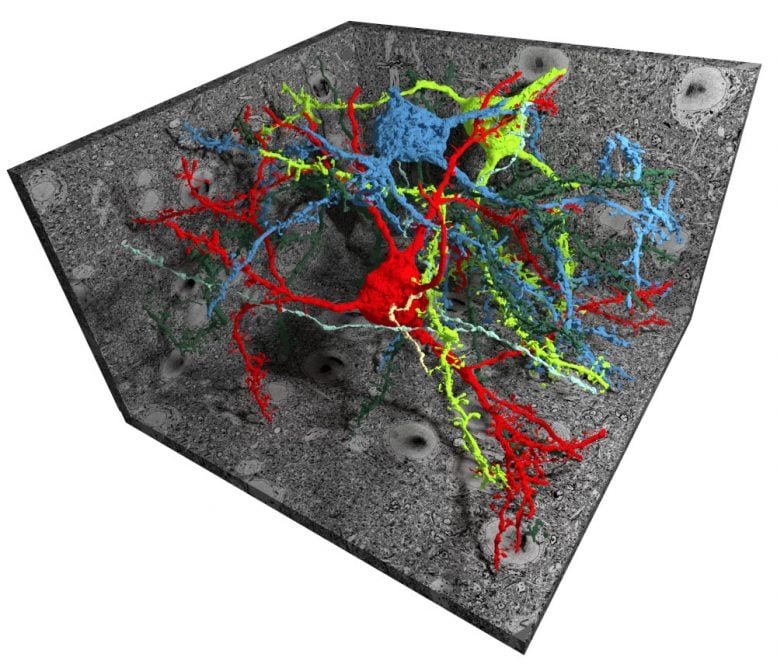
Neurons of the mouse cerebral cortex reconstructed from electron microscopy images (grey). Each nerve cell forms contacts to thousands of other cells. Scientists analyze the features of these networks with the help of computer simulations. Credit: © MPI f. Brain Research/ Berning, Boergens, Helmstaedter
A computer-aided network shows how ion channels in the membrane of neurons are able to control such wide-ranging abilities as short-term memory and brain waves.
Neurons that remain active even after the triggering stimulus has been silenced form the basis of short-term memory. The brain uses rhythmically active neurons to combine larger groups of neurons into functional units. Until now, neuroscientists have, for the most part, studied these and other properties with the help of network models, each of which is only able to recreate a single property. Scientists at the Max Planck Institute for Brain Research in Frankfurt have now shown how the new model can be used to investigate multiple properties in parallel. According to their calculations, all the properties share a common basis: ion channels in the cell membrane that control how strongly neurons are electrically stimulated. The emergence of these properties does not require synaptic plasticity – a finding that helps explain, for example, why some psychoactive drugs can have far-reaching side effects.
“What I cannot create, I do not understand.” True to this observation by the American physicist Richard Feynman, neuroscientists are endeavoring to virtually model the human brain inside a computer. They are focusing specifically on the cerebral cortex, which is responsible for the higher cognitive abilities.
One of the computer models of the cerebral cortex developed in recent years is known as the Stabilized Supralinear Network (SNN) model. It is based, among other things, on the assumption that the relation between input and output signals is not linear. The virtual neurons of the model are designed so that a slight increase in input can result in a dramatically amplified output. The SSN consists of elements that mutually activate or inhibit each other, just as the brain consists of stimulating and inhibiting neurons. On the other hand, the connections between the elements, i.e. the virtual synapses, are immutable. Thus, unlike synapses in the cerebral cortex, connections in the SSN cannot be augmented or attenuated.
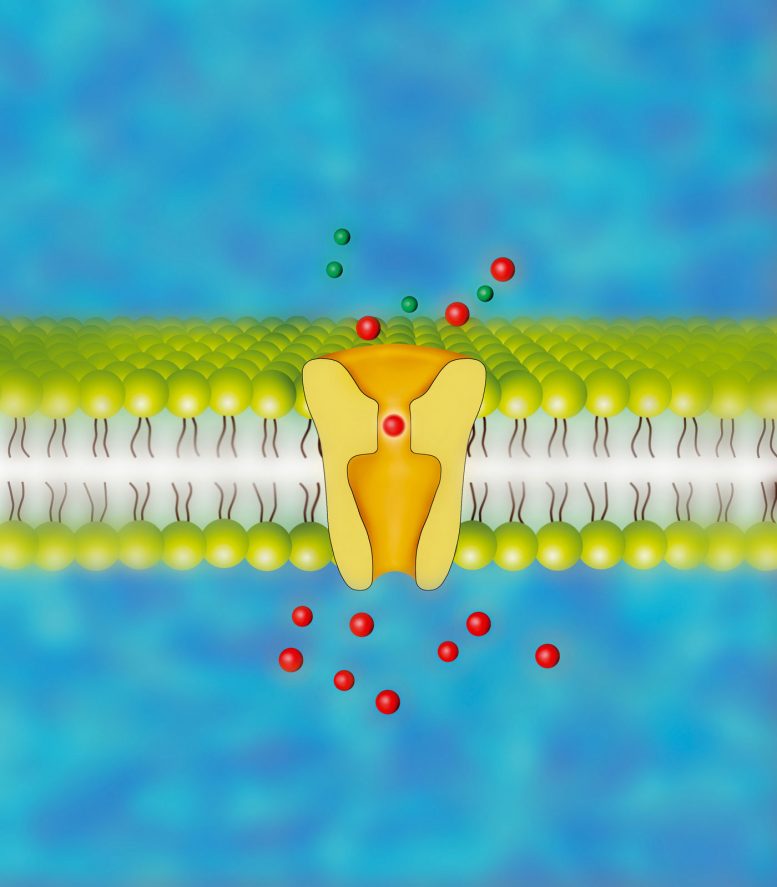
Ion channels are embedded within the cell membrane of neurons. The constriction inside the channel, the so-called channel pore, determines its permeability for different ions (red, green). By this, ion channels contribute substantially to the electrical activity of neurons – and according to latest findings even to the characteristics of neuronal networks. Credit: © MPI f. Experimental Medicine
Earlier studies had shown that the SSN embodies important properties for processing input signals similar to the centers of the cerebral cortex that process visual information. They include, for example, normalization of visual stimuli of various strengths, amplification of activity for weak contrasts, and suppression of neighboring stimuli. Could such a network also form the basis for other properties of the cerebral cortex?
According to analyses carried out by the scientists at the Max Planck Institute for Brain Research, that is in fact the case. For example, the virtual neurons of the SSN remain permanently active – even after the original activation signal has been silenced. “This is a prerequisite for the short-term storage or sensory information, meaning the brain’s working memory,” says Nataliya Kraynyukova of the Max Planck Institute for Brain Research. Moreover, the network model can generate rhythmical activity. Such waxing and waning signals are typical characteristics of the cerebral cortex and appear as wave-like activity patterns on electroencephalograms.
Short-term memory without synaptic plasticity
The findings show that wide-ranging abilities such as short-term memory and normalization of contrast signals might share a common neuronal basis, namely ion channels in the cell membrane. Synaptic plasticity is not required. “That astonished us, because it has been thought for years that synaptic plasticity is a key mechanism for the storage of information in the brain. Evidently, however, this does not apply to short-term memory,” Tatjana Tchumatchenko says.
The new findings also help explain why some psychoactive drugs have undesirable side effects in addition to their desired main effect: Some drugs alter the activity of certain ion channels in the brain. “Many drugs for epilepsy and migraine, for example, carbamazepine and topiramate, block the activity of potential-triggered sodium channels. We now know that this can impact important activities of the brain and, for example, affect short-term memory,” Tchumatchenko explains.
Publication: “Stabilized supralinear network can give rise to bistable, oscillatory, and persistent activity,” by Nataliya Kraynyukova and Tatjana Tchumatchenko, 1 February 2018, PNAS.
DOI: 10.1073/pnas.1700080115

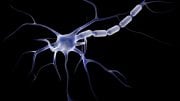
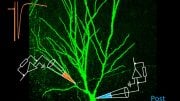




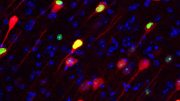
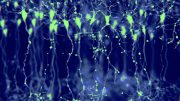
Be the first to comment on "Stabilized Supralinear Network – Software with Smarts"